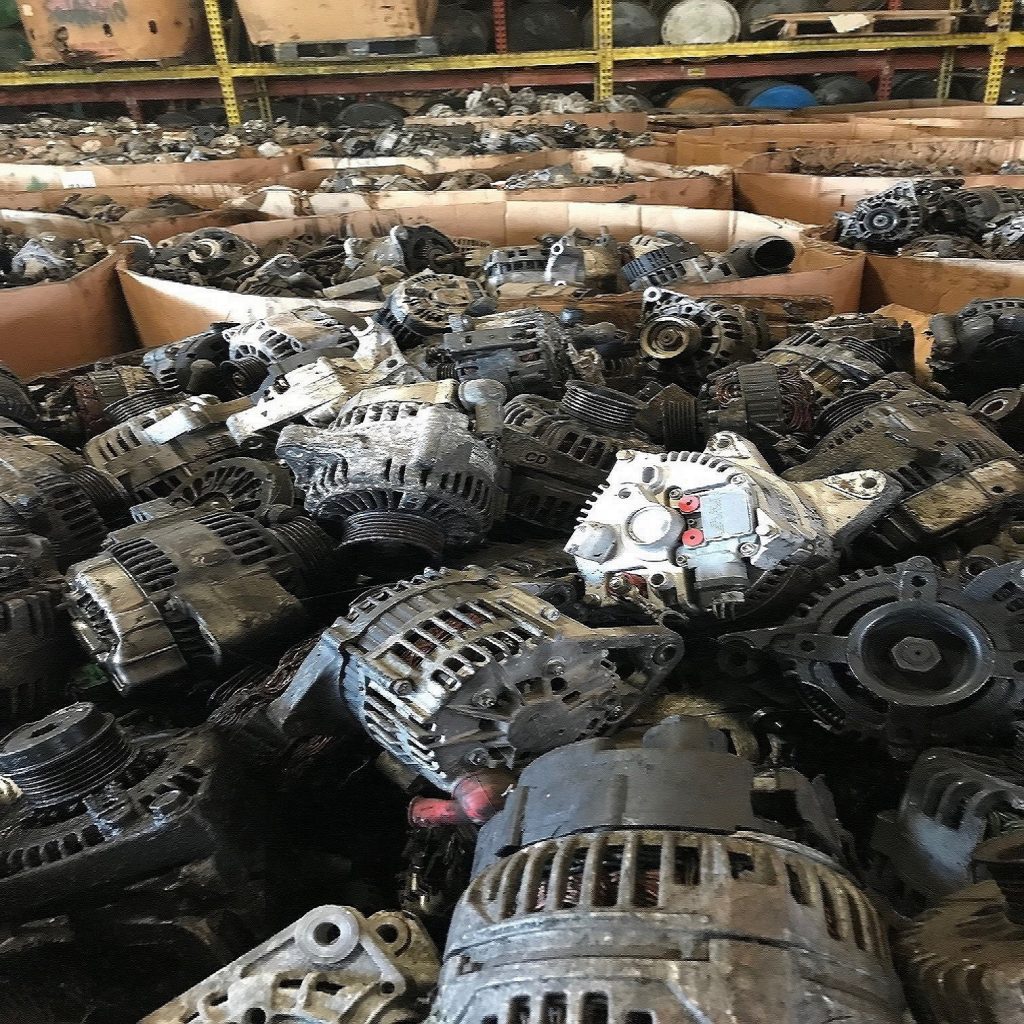The automotive world is a treasure trove of components, each with a lifecycle that goes beyond the road. Among these components, alternators – the devices responsible for generating electricity within vehicles – play a significant role not just during their active life but also after they’re deemed no longer functional. Welcome to the realm of alternator scrap recycling, where skilled hands turn discarded parts into valuable resources.
The journey of alternator scrap recycling begins with collection. Discarded alternators are sourced from various channels, including automotive repair shops, scrapyards, and recycling centers. Once collected, they undergo thorough inspection to determine their potential for recycling.
The dismantling process follows, wherein skilled technicians disassemble the alternators to segregate various materials. Copper wiring, aluminum casings, steel housings, and even smaller electronic components are carefully separated. This step requires precision, as each material holds a unique value and recycling pathway.

The heart of alternator scrap recycling lies in material extraction. Valuable metals like copper are extracted from the wiring, often by shredding the material into small pieces and using specialized techniques to recover the metal content. The extracted metals are then sent to refineries for further processing, ensuring they meet industry standards for purity.
Simultaneously, the plastic and non-metallic parts are also processed for appropriate disposal or recycling. These efforts aim to minimize waste and maximize resource alternator scrap supplier from each discarded alternator.
The processed materials, now in their refined forms, are ready to re-enter the manufacturing cycle. Copper and aluminum may find their way into new electrical components, steel might be used in construction, and plastics could be repurposed for various applications.
In conclusion, the process of alternator scrap recycling highlights the intricate choreography involved in turning discarded automotive components into valuable resources. This practice not only conserves materials and energy but also contributes to a more sustainable manufacturing ecosystem. As industries and individuals alike place greater emphasis on environmental responsibility, the recycling of alternator scrap stands as a testament to the potential of reimagining waste as a valuable input for a greener future.
